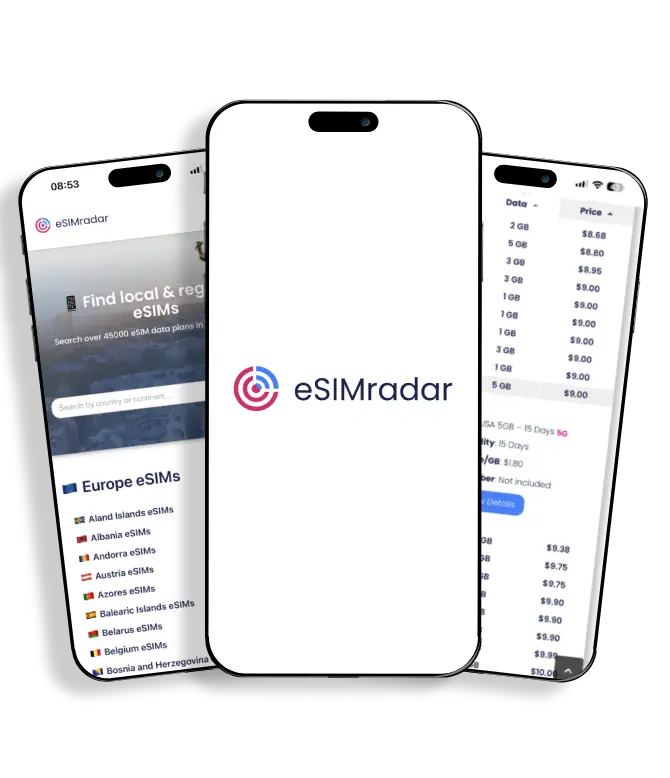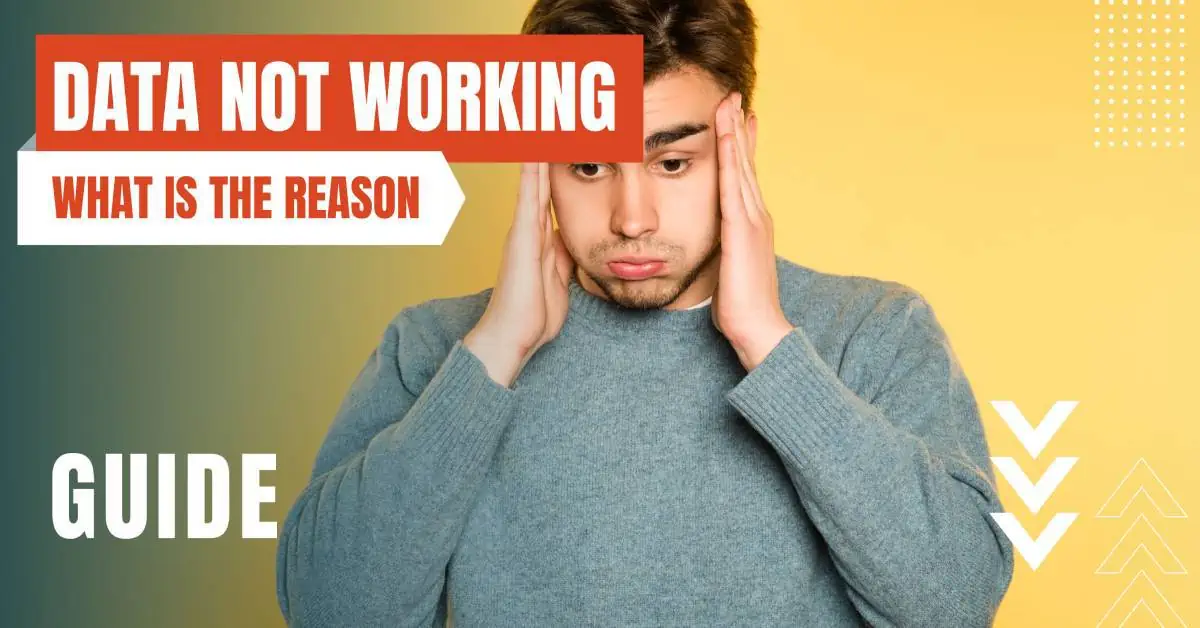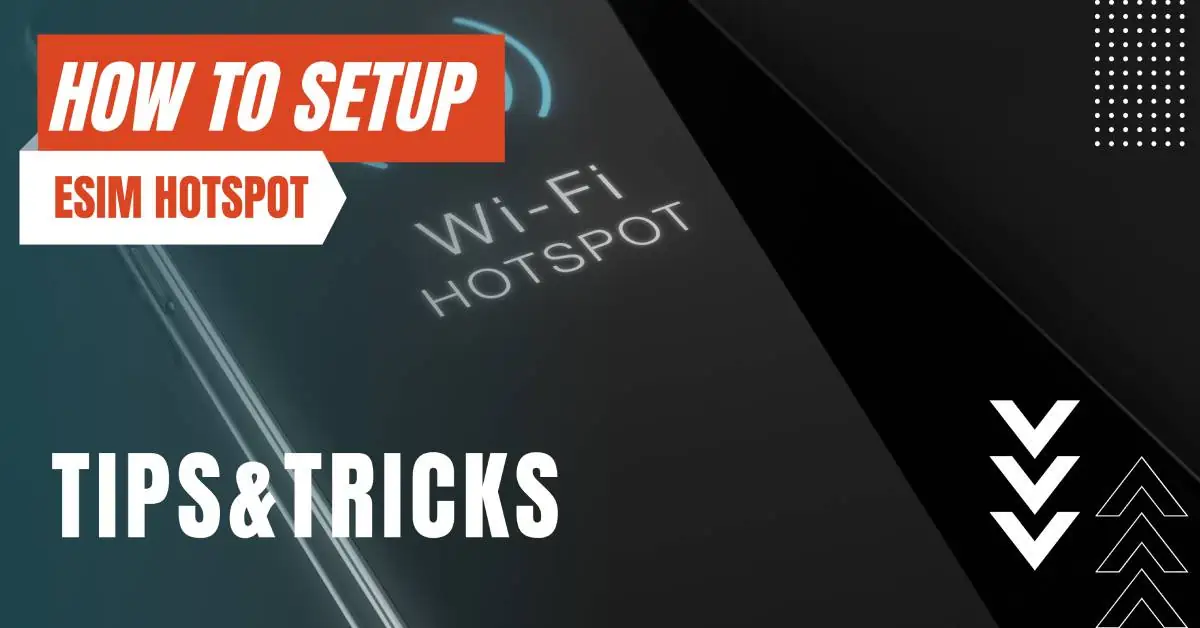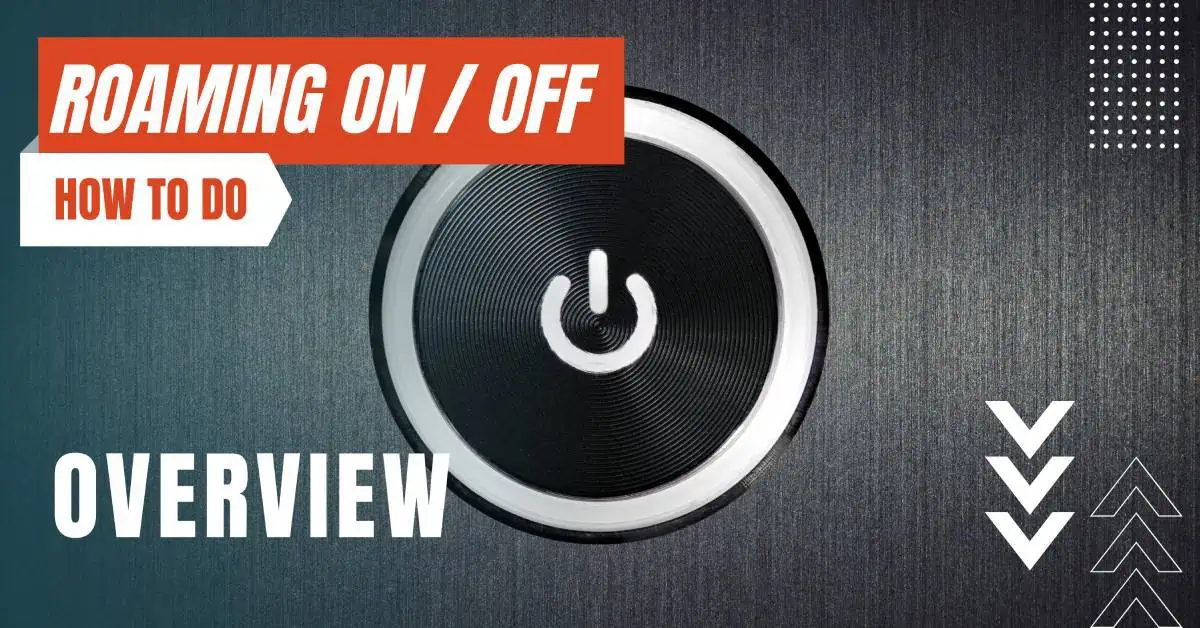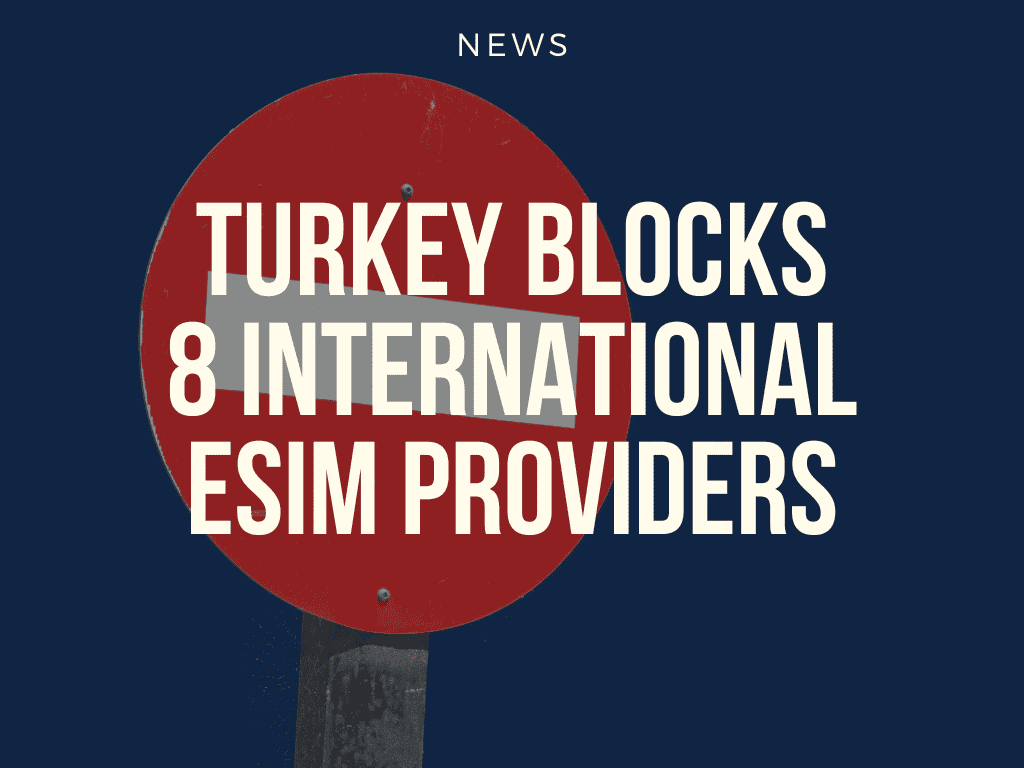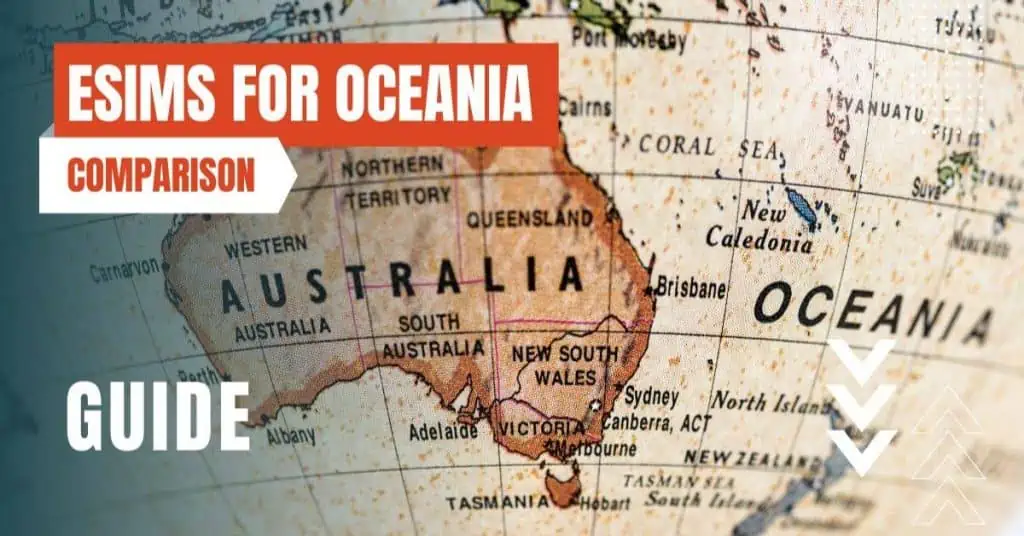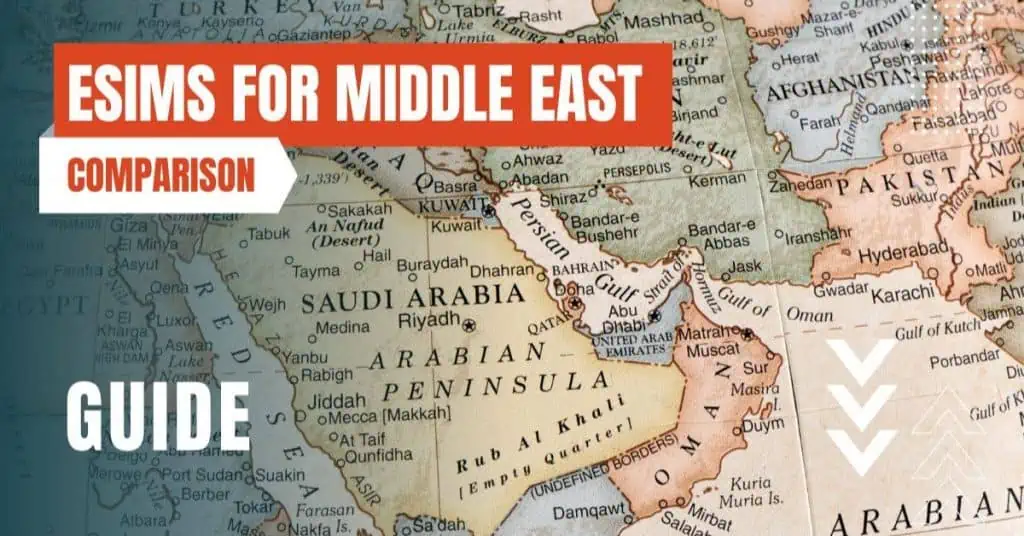All of the products and services we feature are chosen independently. If you click through links we provide, we may earn a commission. Learn more
Written by: Emily Chen
Why is My Data So Slow
- Updated: September 7, 2024 | Published:
In the era of high-speed internet, nothing can be more frustrating than a slow data connection. Whether you’re trying to stream your favorite show, join a crucial video conference, or simply browse the web, a sluggish connection can be a significant hindrance. But why does this happen?
Let’s delve into the factors that contribute to slow data speeds and how you can potentially improve your connection.
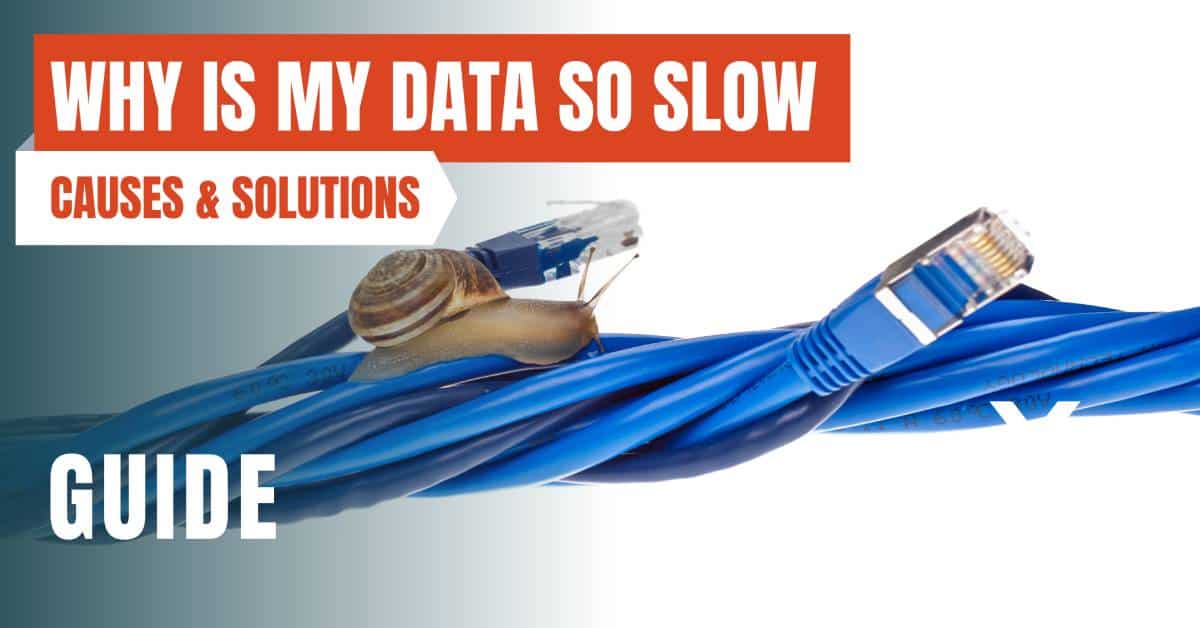
The Illusion of Advertised Speeds
Internet Service Providers (ISPs) often advertise their data speeds as “up to” a certain limit. This means that while you may be paying for a 15 Mbps connection, you’re actually getting an “up to 15 Mbps” connection that could be slower.
This discrepancy between actual and advertised speeds is widespread, with most users experiencing slower speeds than promised.
Factors Affecting Your Data Speed
1. End-User Hardware Issues
If you’re using an outdated router or a poorly configured Wi-Fi connection, you might not experience the connection speeds you’re paying for.
Regularly updating your router’s firmware and ensuring optimal Wi-Fi configuration can help improve your data speed.
2. Distance from ISP
3. Network Congestion
You share your Internet connection line with many other customers. As a result, congestion can occur as all these users compete for the Internet connection.
This is particularly true if your neighbors are using demanding applications or downloading large files.
4. Time of Day
5. Throttling
Your ISP may slow down (or “throttle”) certain types of traffic, such as peer-to-peer traffic. Even if they advertise “unlimited” usage, they may slow down your connection for the rest of the month after you hit a certain amount of data downloaded.
6. Server-Side Issues
Your download speeds also depend on the speeds of the servers you’re downloading from and the routers in between
For example, if you’re in the US and experience slowness when downloading something from a website in Europe, it may not be your ISP’s fault at all.
How to Improve Your Data Speed
1. Upgrade Your Router
2. Optimize Your Wi-Fi Configuration
3. Monitor Your Data Usage
Keep an eye on your data usage to avoid hitting your ISP’s data cap, which could result in throttling.
4. Choose Off-Peak Hours
5. Contact Your ISP
The Role of Mobile Networks
While we’ve discussed the factors affecting your home or office internet connection, it’s also important to consider the role of mobile networks in data speed.
If you’re using a smartphone or tablet, your data speed can be influenced by factors specific to mobile networks.
1. Network Type
The type of mobile network you’re connected to can significantly impact your data speed. For instance, 4G networks provide faster speeds than 3G networks.
The latest 5G networks, where available, offer speeds that can even surpass many home broadband connections.
2. Signal Strength
3. Network Congestion
4. Throttling
Improving Mobile Data Speed
1. Check Your Network Type
2. Improve Your Signal
3. Monitor Your Data Usage
4. Contact Your Provider
In the end, understanding the factors that affect your data speed, whether on a wired internet connection or a mobile network, can help you take steps to improve your experience.
While you can’t control every aspect, being proactive and informed can help you get the most out of your internet connection.
By entering your email & signing up, you agree to receive promotional emails on eSIMs and insider tips. You can unsubscribe or withdraw your consent at any time.

About The Author
Spread the Word, Share the Joy
Compare eSIMs
Why keep the secret to yourself? Spread the joy of eSIMradar and let everyone in on the eSIM experience!

Easy eSIM Comparison for Your Needs
Simplifying your search! Easily compare eSIM plans tailored to your specific needs

Coverage in 210+ Countries
Benefit from our extensive eSIM comparison with 30+ providers in over 210 destinations.

Save money without second-guessing
Our platform helps you maximize value, ensuring competitive prices.

Enjoy Hassle-Free Travel Abroad
Whether you’re on holiday or a business trip abroad, stay connected with ease and focus on enjoying your experiences,
Find Your Perfect eSIM & Exclusive Deals!
Find your ideal eSIM effortlessly and stay connected in style wherever your adventures take you! Get exclusive deals and discounts at your fingertips, ensuring you get connected for less on your travels!
